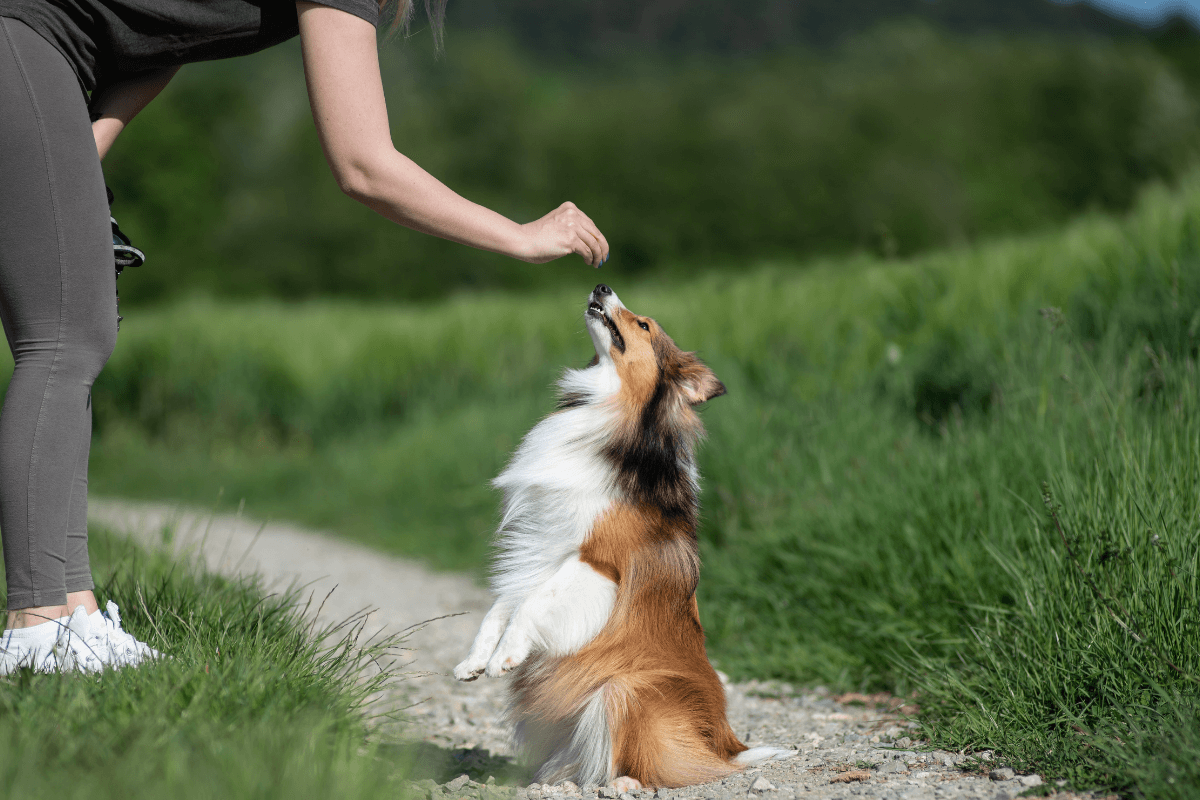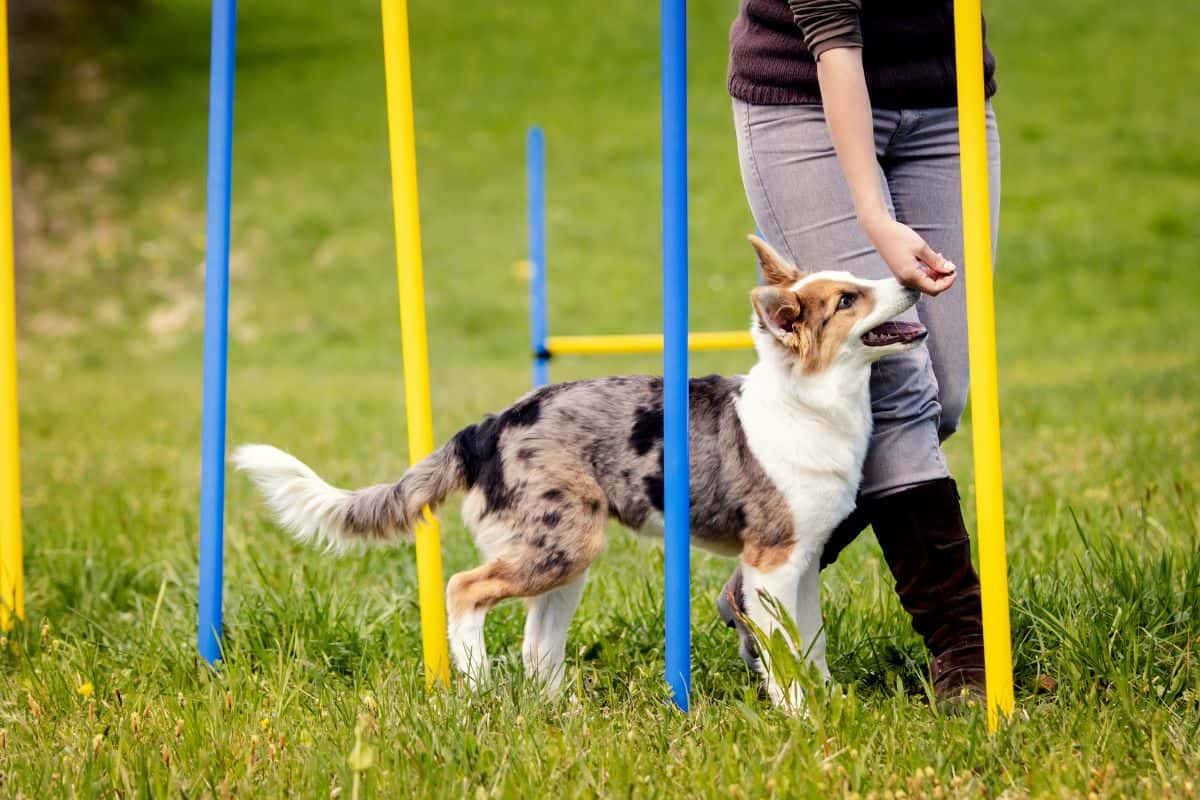Important Tips for Successful Dog Training: A Guide for Animal Owners
Reliable canine training is a complex process that requires a tactical technique customized to both the animal's character and the owner's objectives. Understanding how to navigate these challenges can considerably enhance the training experience, inevitably transforming the partnership between owner and canine.
Comprehending Dog Habits
Recognizing pet habits is essential for efficient training and promoting a harmonious partnership between pooches and their proprietors. Pet dogs interact primarily via body movement, vocalizations, and actions, making it crucial for proprietors to interpret these signals properly. Acknowledging a pet's pose, tail setting, and ear orientation can provide understandings into its psychological state. A wagging tail does not constantly suggest happiness; it can additionally indicate exhilaration or stress and anxiety.

Socialization plays a considerable duty in pet dog habits; exposure to numerous environments, people, and various other animals can considerably affect a pet dog's personality. Additionally, factors such as type characteristics and private character should lead training approaches, as some types may have details behavior attributes that demand customized approaches. By comprehending these components, owners can produce a supportive setting that urges positive actions, bring about successful training outcomes and a deeper bond with their animals.
Developing Consistent Commands
Effective communication with your dog starts with establishing constant commands. This foundational element of training is vital for fostering understanding between you and your pet dog. Uniformity in the commands you make use of guarantees that your dog can reliably associate specific words or expressions with the wanted behaviors.
When choosing commands, pick clear, distinct words that are easy to separate and say from one another. Prevent making use of similar-sounding commands that may confuse your pet dog. Making use of "sit" and "stay" is appropriate, yet "sit" and "hit" might lead to misconceptions.
In addition, keep the same tone and volume for each and every command. Canines are delicate to vocal hints, so differing your tone can create complication.
It is just as essential to guarantee that all member of the family are on the exact same web page concerning the commands made use of. A united front in command usage will certainly stop combined signals and enhance the understanding process.
Positive Reinforcement Methods
The power of favorable reinforcement in pet training exists in its ability to motivate desired actions via rewards and appreciation. This method is based in the principle that habits complied with by favorable results are most likely to be repeated. By integrating favorable support right into your training program, you can properly form your canine's habits in a positive manner.
To apply positive support, it's important to determine what encourages your pet, whether it be treats, toys, or spoken appreciation. When your pet executes a preferred action, such as remaining on command, quickly award them with a treat or affection. This association in between the command and the positive result enhances their understanding.
It's crucial to timing the benefits properly; providing the support within seconds of the preferred behavior assists your pet make the connection (dog training). In addition, uniformity is crucial-- guarantee that all household participants use the same commands and reward systems to avoid complication

Gradually, you can minimize the regularity of deals with as your canine discovers the behavior, transitioning to praise or periodic incentives. This approach not just fosters a solid bond between you and your canine however likewise advertises a favorable understanding environment, making training a delightful experience for both.
Socialization and Interaction
Constantly exposing your pet dog to a range of settings, individuals, and other animals is important for their social growth. Socializing must start early, ideally during the vital window of 3 to 14 weeks, when young puppies are most receptive to new experiences. Nevertheless, older pets can also gain from ongoing socialization efforts.
Present your pet to various setups, such as parks, pet-friendly stores, and urban locations. This exposure assists them adjust to numerous stimuli, decreasing anxiousness and anxiety feedbacks. Urge favorable interactions with other dogs and people, ensuring that these experiences are regulated and secure a knockout post to promote confidence.
Utilize organized playdates with genteel dogs, as this can boost your pet dog's social skills and educate them appropriate habits. Obedience courses and training sessions also supply outstanding possibilities for socialization, allowing your dog to connect with others in a supervised atmosphere.
Screen your canine's body language during interactions, as this will certainly assist you determine their comfort level. Progressively raise direct exposure to even more challenging scenarios while making certain that each experience declares. A well-socialized pet dog is more probable to show balanced actions, making them a joy to have in any type of setup.
Dealing With Usual Training Challenges
Every pet dog proprietor will certainly encounter training obstacles at some time, no matter their pet dog's age or socialization level. Determining typical problems such as stubbornness, diversions, and terror can aid in creating reliable approaches for enhancement.

Distractions during training sessions can thwart emphasis. To fight this, start training in a peaceful environment with very little stimuli. Progressively present disturbances as the pet dog becomes extra competent in commands. Short, regular training sessions are likewise effective in preserving attention.
Fearfulness can hinder a pet dog's learning procedure. Gradual desensitization to the resource of concern, paired with favorable support, can assist alleviate stress and anxiety. Perseverance is essential; never ever compel a dog right into a situation that causes distress, as this might exacerbate the problem.
Inevitably, understanding and resolving these typical difficulties with an organized approach will certainly foster a much more efficient training experience, strengthening the bond in between canine and proprietor while advertising reliable understanding.
Verdict
In recap, successful canine training relies on a detailed understanding of canine habits, the establishment of regular commands, and the application of favorable support methods. Socialization plays a critical role in establishing well-adjusted family pets, while dealing with usual training obstacles needs persistence and flexibility. By implementing these crucial approaches, family pet proprietors can promote a solid bond with their pet dogs and promote desirable habits, eventually bring about a harmonious partnership in between people and their canine friends.
Comprehending dog More hints habits is vital for reliable training and fostering a harmonious relationship in between canines and their proprietors.Socialization plays a significant function in canine behavior; direct exposure to numerous settings, individuals, and various other animals can considerably impact a pet dog's character.The power of favorable support in canine training lies in its ability to encourage wanted habits via rewards and praise. you could try this out By including positive support right into your training routine, you can successfully form your dog's actions in a positive fashion.
In recap, effective dog training depends on an extensive understanding of canine actions, the facility of constant commands, and the application of favorable support strategies.